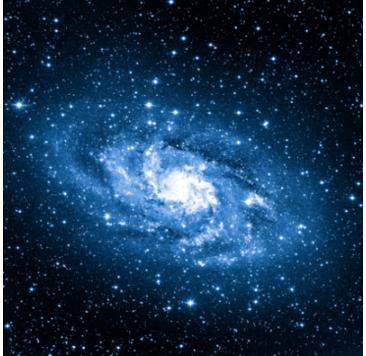Which three steps describe how an animal obtains and uses energy for growth?
First, an animal...

Biology, 05.05.2020 12:31 destyneedonnea
Which three steps describe how an animal obtains and uses energy for growth?
First, an animal eats another organism. Then, food is built into larger molecules. Next, the animal's cells use molecules to
make new cells.
First, food is built into larger molecules. Then, the animal eats another organism. Next, the animal's cells use molecules to
make new cells.
First, an animal eats another organism. Then, food is broken down into smaller molecules. Next, the animal's cells use
molecules to make new cells.
First, food is broken down into smaller molecules. Then, the animal eats another organism. Next, the animal's cells use
molecules to make new cells.

Answers: 3


Other questions on the subject: Biology

Biology, 21.06.2019 19:00, lyndamahe0
2. if scientists identify an animal with bilateral symmetry and no segmentation, which phylum can it definitely not belong to? a. roundworms b. annelids c. mollusks d. flatworms
Answers: 1

Biology, 22.06.2019 01:10, Claysn9094
Which of the following is a difference between active transport and facilitated diffusion? view available hint(s)which of the following is a difference between active transport and facilitated diffusion? facilitated diffusion can move solutes against a concentration gradient, and active transport cannot. active transport involves transport proteins, and facilitated diffusion does not. facilitated diffusion involves transport proteins, and active transport does not. active transport requires the expenditure of cellular energy, and facilitated diffusion does not.
Answers: 1
You know the right answer?
Questions in other subjects:

Mathematics, 05.05.2020 17:42

Mathematics, 05.05.2020 17:42








Mathematics, 05.05.2020 17:42




